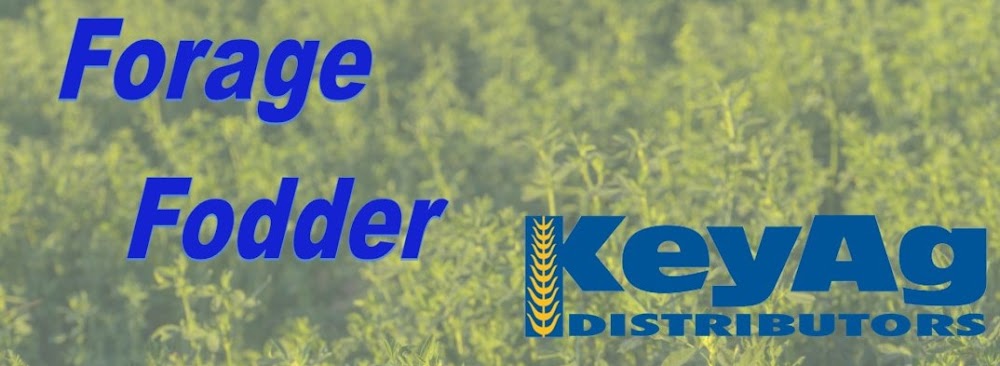Colorado—In the Jan. 11 report, compared to last report, trade activity light on moderate demand. Retail and stable hay sold mostly steady.
Missouri—In the Jan. 11 report, compared to last report, the supply of hay is light to moderate, demand is moderate to good, and prices mostly steady. The first major winter storm of the year came this week with the northern 1/3 of the state seeing the most impact. Snowfall ranged from 5 to 10 inches causing some interruptions to hay movement. Given that the ground was mostly still unfrozen farmers struggled feeding between snow and mud that appeared underneath. The moisture was welcome however and those in the south would sure like to see some as several becoming quite concerned with lack of stock water supplies.
Nebraska—In the Jan. 11 report, compared to last report, hay sales sold steady. Demand was light to instances moderate. Arctic temperatures along with some snow accumulation is in the forecast and most livestock owners feel like they have enough hay to get by for now. The main surge in hay is for the products going through the hay grinders at feedlots and backgrounding lots. If a large blanket of snow prevails across the reporting region more hay should sell but with the large quantities of bales sitting around a price surge upward is unlikely, but time will tell.
Oklahoma—In the Jan. 5 report, compared to the last report, demand remains low and most hay producers are still not trading much hay and only delivering to long-time customers. Many producers report they are interested in seeing if this winter storm will help move the hay market. Next report will be released Jan. 19.
Texas—In the Jan. 12 report, compared to the last report, hay prices are mostly steady to firm across the majority of the regions. Hay trucks are still moving hay down the road but they are primarily delivering previously contracted hay. Trading activity was moderate on moderate to good buyer demand. The Southern region has received some much needed rain over the past couple weeks, but the majority of the other regions have just received colder temperatures and high winds. Below average temperatures are forecasted to move across much of the country and the state through the weekend and into the early part of next week. Winter weather and even colder wind chill temperatures will accompany the cool down. This will likely slow hay movement, but increase demand as producers will have to dip into there hay supplies to feed livestock. Next report will be released Jan. 26.
South Dakota—In the Jan. 12 report, compared to last report, alfalfa hay steady in a narrow comparison. Demand only moderate for all types of hay, dairy operators continue to deal with low milk prices which is causing them to balk at offered hay prices. A tough week as a large snow storm struck the region early in the week, temps plummeted to below zero along with high winds and more snow late week. Extreme cold temps forecast over the weekend, -20 overnight lows and below zero daytime highs.
New Mexico—In the Nov. 24, 2023 report, compared to last report, alfalfa hay steady. Trade active, demand good. The the state is 73% complete with fifth cutting, 54% with sixth cutting. Most parts of the state are wrapping up harvest for the season. According to New Mexico Crop Progress report as of Nov. 12, 2023. Hay and roughage supplies improved slightly from the previous week but remained in worse condition than prior years. Hay and roughage supplies were observed to be 25% very short, 42% short, 30% adequate, and 3% surplus. At 14% very short, 37% short, 45% adequate, and 4% surplus, stock water supplies were on par with the 5-year average. This is the last report for the season, reports will resume in spring 2024.
Wyoming—In the Jan. 11 report, compared to last report, hay sales sold steady on a thin test. Demand was mostly light. Several reports that there is quite a lot of piles of hay sitting around the state still to sell. There would be a rather large amount of the utility to fair hay left to move along with some top end premium or better hay to be sold. Colder weather along with some snow in across the state this week. Quite a few cows have been sold out of the region and this would make a huge difference in the amount of hay that will be sold in the local markets.
Montana—In the Jan. 12 report, compared to last report, hay sold steady to weak. Hay sales were light again this week. Extreme cold is being seen across the state as wind chill values are 30 to 60 below zero in many locations. Actual temperatures are well below 0 and will remain below 0 for the next few days. Many producers are hoping this cold snap spurs some buying, however limited movement was seen this past week. Rancher to rancher sales continue to comprise most of the hay sales across the state. Large hay producers continue to sit on large inventories. Some producers seem content to carry over hay as winter has been mostly open with dry across much of the state. Drought concerns are weighing on some producers decisions to hold onto hay as they state the very dry, open winter and potential for drought as reason to carry-over hay into the spring and summer. Demand for straw is light as heavy straw supplies continue to be seen. Single loads of straw continue to move at steady money however sellers of straw are offering straw at large discounts to move volume.


No comments:
Post a Comment